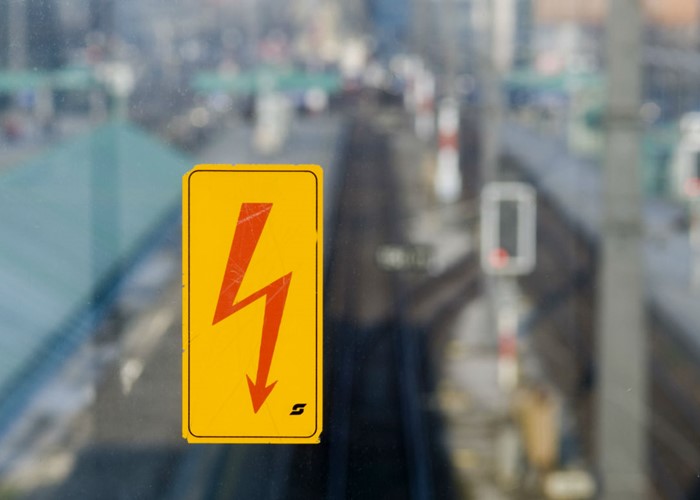Feed-in-tariffs: can you still profit by going green?

Homeowners paid to produce their own electricity through feed-in-tariffs will see rates slashed from 1st August this year. We explain the changes and reveal whether you can still make money from `going green'.
Households that want to generate their own electricity from solar panels will see subsidies cut from 21p per kWh to 16p from 1st August.
Early adopters of the feed-in-tariff, also known as clean energy cashback, received 43.3p per kWh. But this rate was reduced by the government as the scheme became increasingly popular and the cost of installing solar panels fell. We reported the changes in Government plans to reduce feed-in tariffs from March.
Now the rates have fallen still further for new investors.
How does it work?
Renewable energy systems such as solar panels and wind turbines can be installed in your home and used to generate electricity. Any surplus energy that you don’t use is exported back to the National Grid. You are then paid, using Government subsidies, for supplying your own energy and selling the excess back.
These payments come from your usual energy supplier. You also benefit from lower energy bills, as your demand for electricity would be much lower than usual. So you should be making money and saving it at the same time.
Any other changes?
Future tariffs will decrease every three months, only pausing if the market slows down, but will continue to be linked to the Retail Price Index measure of inflation.
There is a separate tariff paid for surplus energy that goes back to the National Grid. This will rise to 4.5p per kWh from the current 3.2p.
But the term over which payments are made will fall from 25 years to 20.
Can I still make money?
The Department of Energy and Climate Change (DECC) says the changes still represent a 6% return on investment for a typical solar installation. There is still money to be made and saved; it just won’t be as much as previous adopters of the scheme who were handed more generous terms.
It’s estimated that the total annual benefit will be around £100 less than it was previously.
Average tariff reductions of 3.5% will also be made every three months, but the cut could be bigger if there is a rapid uptake of the scheme – up to 28% at a time. So your profits will be less the longer you leave it to install the technology. If uptake is low then tariff cuts can be skipped for up to two quarters (six months).
What about other schemes?
The Renewable Heat Incentive (RHI) will be launched next year, which is a sister scheme to feed-in tariffs. If you install equipment such as biomass boilers or ground source heat pumps, you will be paid for the energy you produce. Systems will need to be new and installed since 15 July 2009.
The tariffs haven’t been revealed yet, so there’s no way of knowing how profitable the scheme will be for households adopting it and payments won’t be made until the scheme is fully launched, most likely in 2013.
However £25 million has been set aside for phase two of the Renewable Heat Premium Payment, which includes helping households buy the right equipment. Vouchers will be given out to help cover the costs, focusing mostly on the four million homes without mains gas heating. A voucher value of £1,250 is given for ground or water-source heat pumps, £950 for a biomass boiler and £850 for an air-to-water heat pump.
A £300 grant will also be available to households wanting a solar thermal hot water panel, regardless of the type of heating system used. For more information and to apply visit the Energy Saving Trust.
Green Deal
This initiative was born under the Energy Act 2011 and is due to come into force later this year. Energy saving measures can be installed in your home with no upfront costs to pay; the changes are paid for through savings made on your energy bills.
However, there have been some concerns about the scheme and whether the money could be better used for homes in fuel poverty.
Read more about the scheme on the DECC website.
Other energy (and money) saving tips
If you don’t have the money to install solar panels and wind turbines, or if you can’t because you rent your home, it’s still possible to save money on energy bills.
Turn your thermostat down to cut heating bills, don’t leave appliances on standby or mobiles charging for longer than they need to be and use energy saving lightbulbs, which can save you around £55 over the lifetime of the bulb. Check out our how to cut your energy bills guide.
More on energy:
Boost your solar panel savings by £60 a year
Government wants to keep cutting solar feed-in tariffs
Comments
Be the first to comment
Do you want to comment on this article? You need to be signed in for this feature